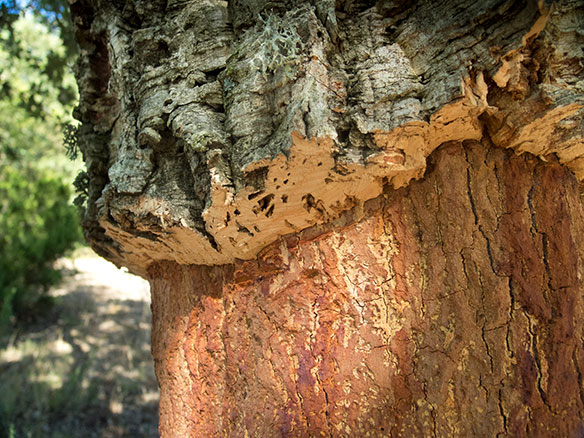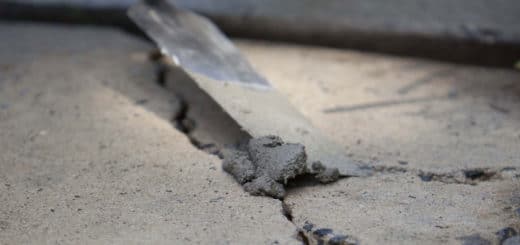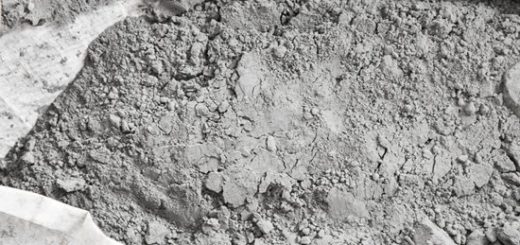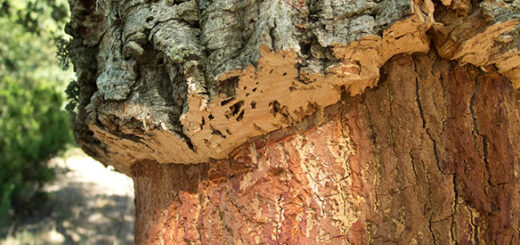Cork Floor Tiles: An Eco-Friendly Flooring Solution
When it comes to flooring options, cork floor tiles are gaining popularity for their unique blend of sustainability, durability, and aesthetic appeal. In this article, we will explore the world of cork floor tiles, delving into their benefits, installation process, maintenance, and more. Join us on this eco-friendly journey as we discover why cork floor tiles are the sustainable choice for modern homeowners.
What Are Cork Floor Tiles?
Cork floor tiles are a natural flooring material made from the bark of cork oak trees.
They offer a sustainable alternative to traditional flooring options like hardwood, laminate, or vinyl. Here’s why cork floor tiles are making waves in the world of interior design.
Benefits of Cork Floor Tiles
- Sustainability
One of the most significant advantages of cork floor tiles is their eco-friendliness.
Cork is harvested from cork oak trees without harming the tree itself. These trees have a lifespan of up to 200 years, making cork a highly renewable resource.
Choosing cork floor tile contributes to the preservation of forests and reduces our carbon footprint.
- Comfort and Insulation
Cork floor tiles have a natural cushioning effect, providing a comfortable surface to walk on.
Additionally, cork’s unique cellular structure acts as a natural insulator, helping to regulate indoor temperature and reduce energy consumption.
- Durability
Despite its soft and pliable appearance, cork is remarkably durable. It can withstand heavy foot traffic and is resistant to cracking and abrasion.
With proper care, cork floor tile can last for decades.
- Noise Reduction
Cork’s inherent sound-absorbing properties make it an excellent choice for homes with noisy environments. It helps dampen sound, creating a quieter and more peaceful living space.
Types of Cork Flooring
Cork flooring is a versatile option for both residential and commercial spaces, thanks to its unique characteristics and styles. Understanding the different types of cork flooring will help you make an informed choice that suits your needs and preferences.
Engineered Cork Flooring:
- Engineered cork flooring is constructed by adhering a layer of natural cork to a high-density fiberboard or plywood core. This type of cork flooring offers added stability and durability.
- It’s available in various thicknesses, with thicker options offering better sound insulation and comfort underfoot.
- Engineered cork comes in a range of finishes, from natural cork looks to stained or printed designs that mimic other materials like hardwood or stone.
Solid Cork Flooring:
- Solid cork flooring is made entirely of cork material, which is harvested from the bark of cork oak trees. This type is renowned for its natural beauty and warmth.
- It’s a great choice for eco-conscious consumers, as it’s a renewable resource, and the cork oak trees regenerate after each harvest.
- Solid cork can be sanded and refinished if it becomes worn or damaged, extending its lifespan.
Cork Veneer Flooring:
- Cork veneer, also known as cork floating floors, consists of a thin layer of cork bonded to a core material, often high-density fiberboard or particleboard.
- These are typically easy to install due to their click-lock or glueless floating installation systems, making them a popular choice for DIY projects.
- Cork veneer floors come in various styles, including traditional cork looks and contemporary designs.
Cork Tile Flooring:
- Cork tiles are smaller sections of cork that can be installed individually or in patterns. This type of cork flooring offers flexibility in terms of design.
- They can be used to create intricate patterns or custom designs, and they are often favored for their aesthetic appeal.
- Cork tiles are available in various sizes, from traditional square tiles to larger rectangular planks, and even hexagonal or mosaic shapes.
Colored and Stained Cork Flooring:
- Cork flooring is not limited to the natural, earthy tones of cork bark. It can be colored and stained to match a variety of interior design styles.
- You can find cork floors in a wide range of colors, from light, neutral shades to bolder and more vibrant hues.
- Stained cork can be used to create striking and unique design elements in your space.
Each type of cork flooring has its unique benefits and aesthetic qualities. Your choice will depend on factors such as the intended use of the space, your budget, and your personal style preferences. Whether you prefer the warmth and beauty of solid cork, the durability of engineered cork, or the design versatility of cork veneer and tiles, cork flooring offers a wide array of options to enhance your living or working environment.
Maintaining Cork Floor Tiles
- Regular Cleaning
To keep your cork floor tile looking their best, sweep or vacuum regularly to remove dirt and debris. Use a damp mop with a mild cork floor cleaner for deeper cleaning when needed.
- Avoid Excess Moisture
Cork is susceptible to moisture, so it’s essential to wipe up spills promptly and avoid excessive water exposure.
- Prevent Scratches
Place felt pads under furniture legs to prevent scratching the surface. Additionally, using rugs or mats in high-traffic areas can help protect your cork floor.
Cork floor tiles offer a unique combination of sustainability, comfort, and durability. Choosing cork as your flooring option not only enhances your living space but also contributes to a greener planet. With proper installation and maintenance, cork floor tiles can provide a beautiful and eco-friendly flooring solution for your home.
FAQs
1. Are cork floor tiles suitable for all areas of the home?
Cork floor tiles are versatile and can be used in most areas of the home, including living rooms, bedrooms, and kitchens. However, they may not be the best choice for areas prone to excessive moisture, such as bathrooms.
2. Can cork floor tiles be refinished if they get damaged over time?
Yes, cork floor tiles can be refinished to restore their appearance. It’s a straightforward process that involves sanding and applying a new finish.
3. Is cork flooring a good choice for people with allergies?
Cork flooring is hypoallergenic and resistant to mold and mildew, making it an excellent option for individuals with allergies or respiratory issues.
4. How does cork flooring compare to hardwood in terms of eco-friendliness?
Cork flooring is considered more eco-friendly than traditional hardwood because it is sourced from renewable cork oak trees and does not require cutting down the trees themselves.
5. Can I install cork floor tiles myself, or should I hire a professional?
While it is possible to install cork floor tiles as a DIY project, hiring a professional installer can ensure a more precise and trouble-free installation, especially if you have little experience with flooring installations.




